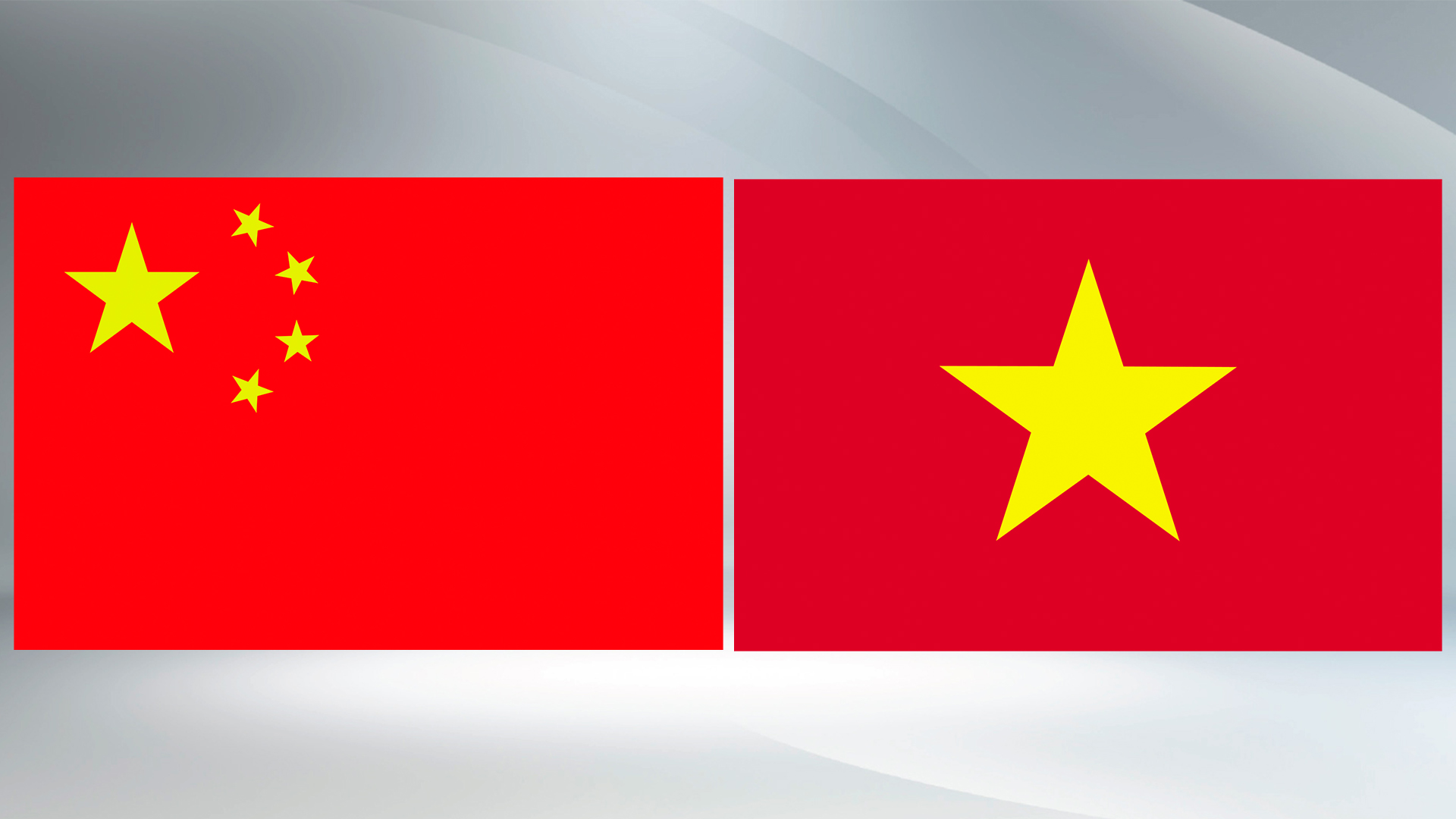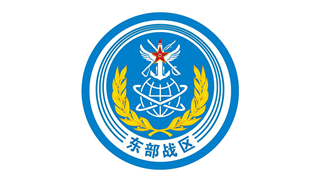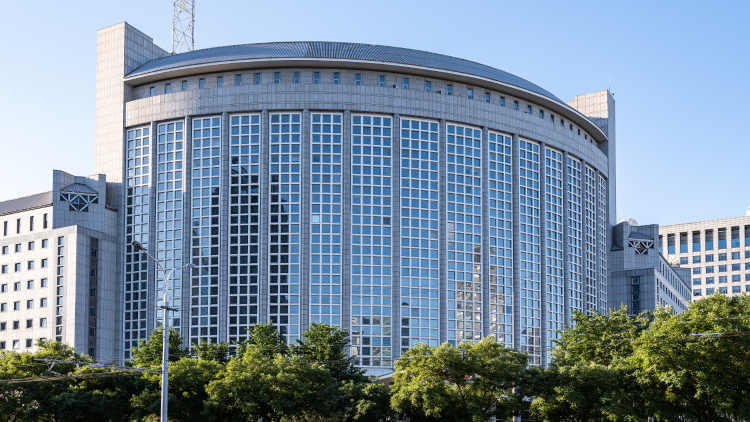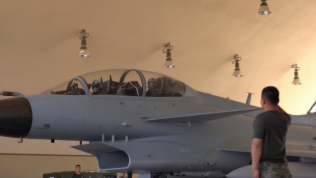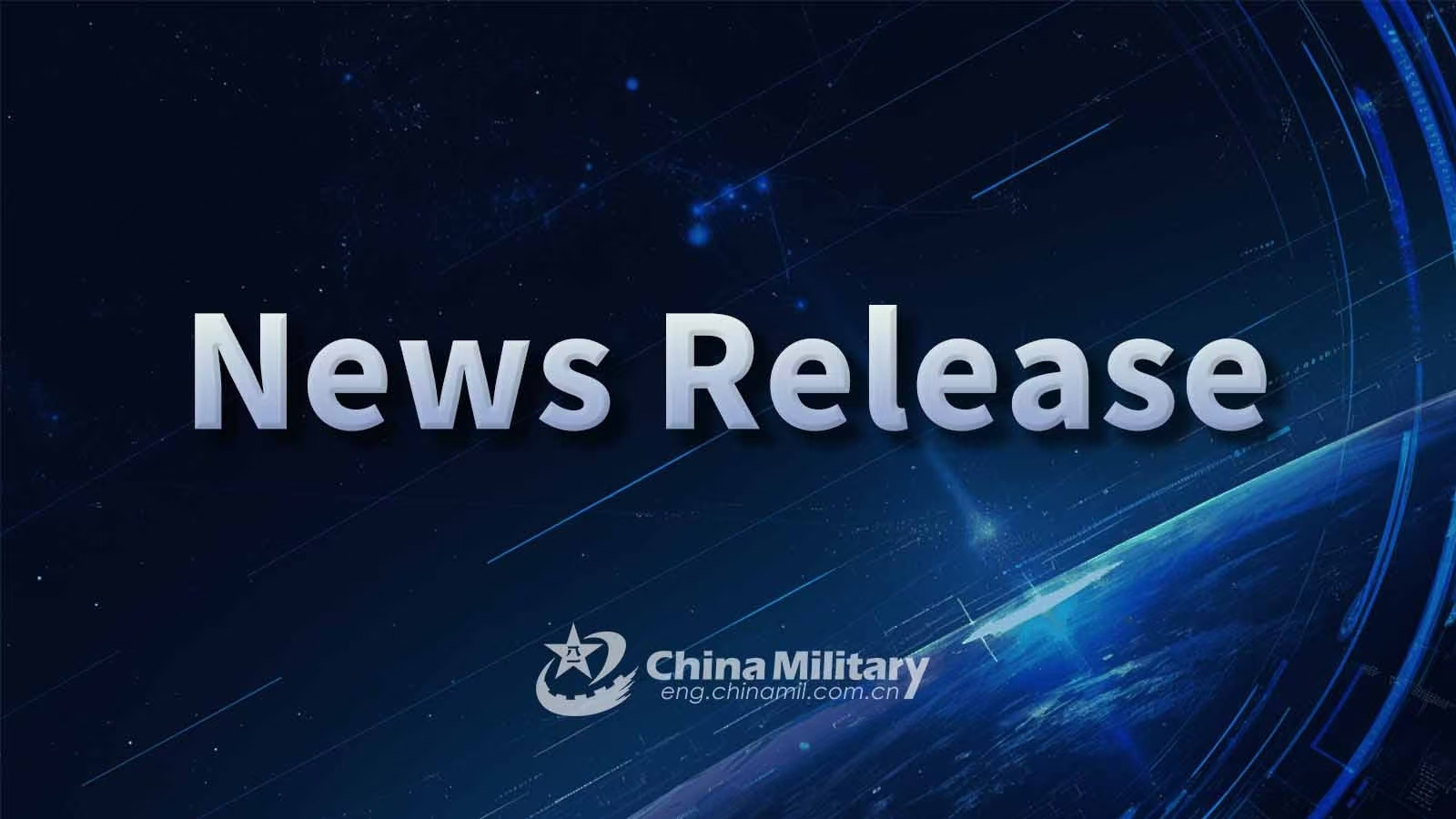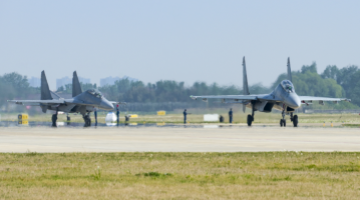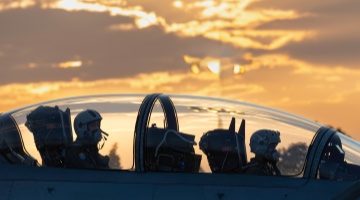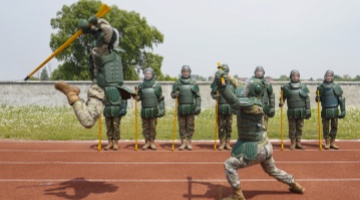By Huang Jiayu and Xu Juanjuan
It is reported that the Japan Self-Defense Forces (JSDF) have recently held several bilateral and multilateral joint exercises with the US, Australia, and the ROK to further improve the joint combat capabilities and interoperability of the JSDF with the US and the US alliance. Japan has deepened its military cooperation with the US and continued to attract foreign countries to intervene in Indo-Pacific affairs to leverage these forces to achieve its purpose. Its dangerous and evil intentions in seeking to become a military power have become increasingly apparent.
In recent years, the US has led the Quad comprising the US, Japan, India, and Australia in the Asia-Pacific region, forming cliques and camps. Japan has willingly acted as the vanguard of US hegemony expansion in the Asia-Pacific since Fumio Kishida took office. Japan has armed itself to please the US while relying on the US to expand its military and prepare for war, laying the groundwork for realizing its own "military power dream."
Japan has decided to establish a new command structure to enhance strategic coordination with the US military. In 2024, the Japanese Ministry of Defense will establish a joint command to unify command over the Ground, Maritime, and Air Self-Defense Forces, aiming to reduce decision-making time and further enhance the rapid response and joint operational capabilities of the Self-Defense Forces. This institution will also engage in direct strategic coordination with the US military. Additionally, the JSDF is emulating the US military in promoting the formation of a unified joint operational command structure to establish a more efficient command system.
Japan has accelerated the pace of equipment modernization and enhanced interoperability of weapons and equipment with the US. The Japanese government has taken multiple measures to reduce friction and enhance the practical operational effectiveness of joint operations between the JSDF and the US military since Fumio Kishida took office. The focus of Japan's 2024 defense budget is on developing capabilities for operations beyond its defense zone, integrated air defense and missile defense and unmanned equipment. It continually emphasizes the development of counterattack capabilities, deepens the advancement of offensive defense, develops precision-guided missiles and hypersonic missiles capable of attacking ships and ground targets, retrofits domestically produced Type 12 surface-to-ship missiles, equips Aegis ships with Tomahawk cruise missiles, and builds missile launch bases and ammunition depots.
Japan has increased the scale and frequency of joint military exercises with the US to highlight its identity as an ally. Since the Kishida government took office, joint military exercises between the US and Japan have continued to deepen and expand, with both the expansion of exercise areas and breakthroughs in exercise content. On the one hand, conventional subjects continue to approach actual combat and penetrate to the tactical level. On the other hand, training content extends to unconventional subjects. Japan has actively participated in US-Japan joint military exercises and multilateral exercises to continuously enhance its international influence and operational capabilities. In the recent joint simulated command post exercise Keen Edge 24 between the JSDF and the US military, China was listed as the "imaginary enemy" for the first time, and Australia also participated in the exercise for the first time this year.
Furthermore, based on deepening the US-Japan military alliance, the Kishida government has continuously promoted a new model of "US+Japan+" military cooperation, binding military cooperation between the US and Japan with third parties. Using the security of the Korean Peninsula as a pretext in Northeast Asia, Japan has taken the opportunity to strengthen trilateral military interactions among the US, Japan, and the ROK. For example, the US, Japan, and the ROK have conducted military exercises multiple times in the Western Pacific to continuously enhance trilateral military cooperation capacity, leading to the continued deterioration of the situation on the peninsula.
In addition, Japan has continuously expanded the "US+Japan+" cooperation model from Northeast Asia to the Indo-Pacific region, and the South Pacific region, and even had impenetrate the Indian Ocean and the Atlantic Ocean regions. For example, Japan has signed Reciprocal Access Agreement (RAA) with countries such as Australia and the UK. After the signing of the Japan-Australia RAA, procedures for carrying weapons and customs clearance for joint training between the two countries' forces have been simplified, making the exchange of troops between the two countries smoother and security cooperation easier. According to the RAA signed between Japan and the UK, procedures for ship berthing and joint exercises will be simplified, making military cooperation between the two countries more active.
Japan continues to induce its neighboring countries and external forces to join its camp, frequently acts in sensitive areas, and attempts to break through the restrictions of the pacifist Constitution. This is not conducive to regional peace and stability and has aroused high vigilance from the international community. It should be noted that peaceful development is the trend of history, and Japan's continued acceleration of militarization is destined to find no support.


